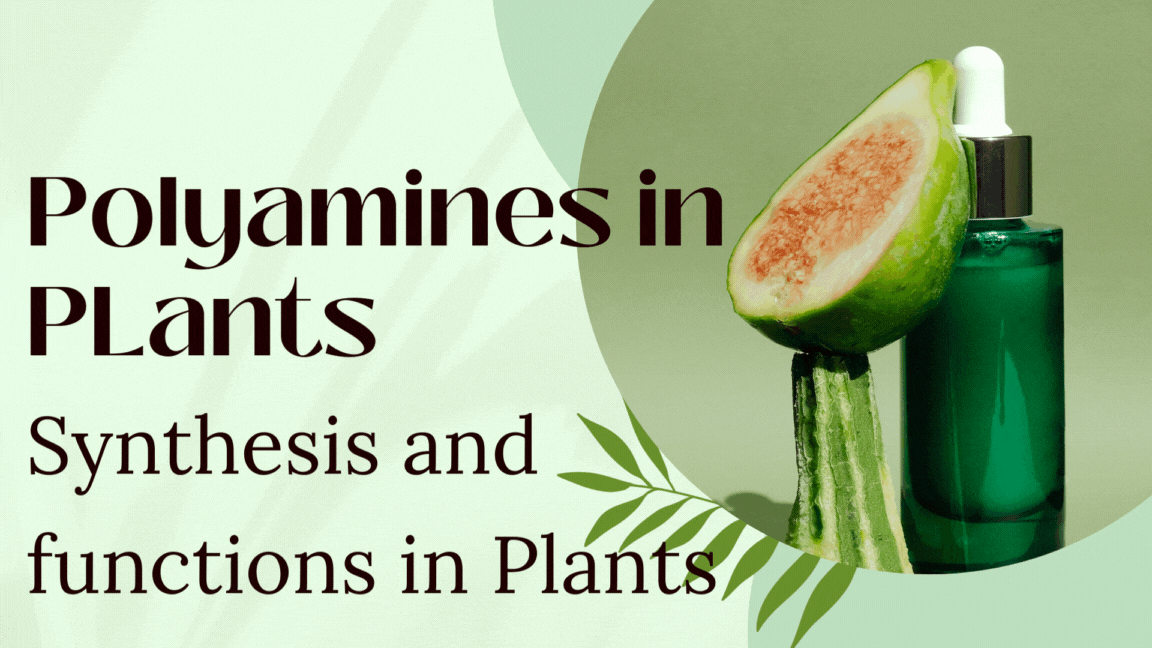Introduction to Yabby Gene Family in Plants
The yabby gene family represents a significant group of transcription factors that play crucial roles in plant morphogenesis and response to environmental stimuli. These proteins, characterized by their unique Yabby domain, are pivotal in regulating aspects of plant growth and development, including leaf and flower formation, as well as stress responses. The significance of the yabby genes extends beyond basic biological functions, as they contribute to the adaptation of plants to varying environmental conditions, which is increasingly important in today’s rapidly changing climate.
Originating from the ancestral lineage of plants, the yabby gene family has evolved through a complex history, resulting in various isoforms that exhibit differential expression patterns across species. This evolutionary diversification is thought to grant plants enhanced ability to cope with specific ecological niches and stresses, thereby ensuring their survival and proliferation. For instance, research has indicated that some yabby genes are upregulated in response to drought, leading to adaptive changes in root architecture and water conservation strategies.
Furthermore, the identification of the yabby domain within these genes is essential for understanding their functional roles across different plant species. The presence of this domain indicates the potential for proteins to bind to DNA and influence the transcription of target genes, thereby orchestrating vital developmental processes. Exploration of the yabby gene family not only sheds light on the molecular mechanisms underlying plant development but also expands our knowledge of plant biodiversity and evolution. Collectively, the study of this gene family is paramount in unravelling the complexities of plant biology and enhancing agricultural practices through genetic insights.
Domain Characterization and Structural Features of Yabby Genes
The yabby gene family, recognized for its vital roles in plant development and stress response, exhibits a distinctive structural composition characterized by several conserved domains. Primarily, the yabby genes feature a coding region that includes the conserved yabby domain, an essential element that provides the hallmark of this gene family. The typical yabby domain is composed of approximately 120 amino acids and is critical for DNA binding, suggesting that its spatial structure facilitates specific interactions with target genes involved in various developmental processes.
In addition to the yabby domain, these genes frequently contain several structural motifs, which can vary across different plant species. For instance, the presence of zinc finger motifs in some yabby genes enhances their interactions with other proteins, influencing regulatory functions. The conservation of particular structural components, such as the N-terminal region which often harbors transcriptional activation capabilities, indicates that these features have been maintained throughout evolutionary history, emphasizing their importance in the functional repertoire of yabbies.
Moreover, the variability of some motifs across species points to an evolutionary adaptation that allows yabbies to diversify their roles within various plant lineages. This structural plasticity can contribute to differences in response to environmental stimuli, such as abscisic acid (ABA). Understanding the variations and conservations of these domains is essential, as they directly impact the ability of yabby proteins to mediate stress responses and developmental pathways effectively. Such insights into the structural characteristics of yabby genes pave the way for further research into their contributions to plant resilience and adaptive responses to changing environments.
Identifying the Yabby Domain and Its Non-redundant Role in Plant Growth
The identification of the yabby domain within various plant genomes necessitates multifaceted methodologies that leverage advanced bioinformatics approaches. By employing tools such as BLAST (Basic Local Alignment Search Tool), researchers can perform sequence alignment to detect the presence of yabby genes across different species. This analytical method assists in establishing similarities in amino acid sequences within the yabby domain, allowing for preliminary classification. Sequence alignment can also reveal conserved motifs, which are essential for subsequent functional analyses.
Phylogenetic analysis is another crucial step for identifying the relationship among various yabby genes. By constructing phylogenetic trees, researchers can visualize gene evolution and divergence among species, thereby providing insights into the functional diversification of the yabby gene family. Such analyses enable the classification of yabby proteins into distinct subgroups, highlighting their evolutionary patterns and potential functional roles in plant development.
Moreover, yabby proteins exhibit unique non-redundant roles in plant growth, which necessitates further exploration of their specific functions. For instance, these proteins are recognized for their critical involvement in regulating gene expression during pivotal developmental processes like embryogenesis and leaf patterning. In Arabidopsis thaliana, studies have shown that certain yabby genes, such as YAB2 and YAB3, play indispensable roles in establishing leaf polarity and promoting cell differentiation. This specificity indicates that different yabby proteins contribute distinctly to plant development, underlining their significance beyond mere redundancy.
As curriculum in plant genetics evolves, continued research employing bioinformatics and functional genomics will undoubtedly enhance the understanding of the yabby gene family’s role in development. By elucidating the unique contributions of individual yabby proteins, researchers can develop novel strategies for crop improvement and enhance agricultural productivity. Ultimately, this comprehensive understanding can pave the way for innovative approaches to optimize plant growth and resilience in varying environmental conditions.
Classification of Yabby Genes into Subgroups
The classification of yabby genes into distinct subgroups is primarily based on their structural and functional characteristics. The yabby gene family, known for its role in plant development, exhibits a range of sequences that can be systematically categorized. One key criterion utilized in subclassifying these genes is sequence homology, a method that involves aligning gene sequences to identify similarities that suggest evolutionary relationships. This analysis highlights the genetic diversity within the yabby family while revealing common ancestry among certain groups.
In addition to sequence homology, certain functional characteristics are employed to further delineate these subgroups. For instance, the presence of conserved motifs—specific sequences of amino acids that maintain similar functions across various species—provides critical insights into the roles of these genes. Some well-characterized subgroups of yabby genes include the YAB2 and YAB3 subgroups, each associated with unique physiological functions such as leaf development and embryo formation. YAB2, for instance, plays a significant role in the formation of adaxial and abaxial leaf structures, crucial for plant morphology.
Understanding these classifications enriches our comprehension of plant molecular genetics and sheds light on the evolutionary pathways that have shaped the yabby gene family. As researchers delve deeper into the diverse functions of these subgroups, they discover the intricate ways in which yabby genes contribute to critical processes in plant physiology, such as organogenesis and stress response. These insights not only advance our knowledge in the field of botany but also hold potential implications for agricultural practices, offering tools for enhancing crop adaptability and yield.




